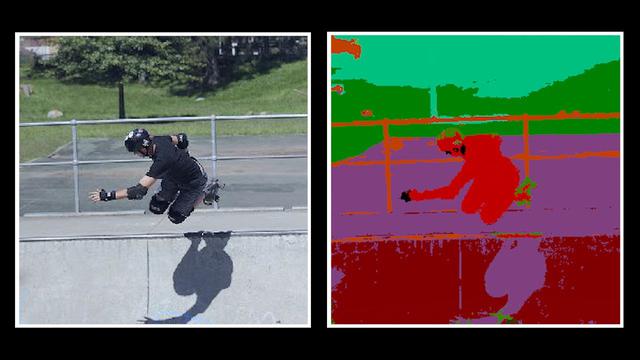Labeling data can be a chore. It’s the main source of sustenance for computer-vision models; without it, they’d have a lot of difficulty identifying objects, people, and other important image characteristics. Yet producing just an hour of tagged and labeled data can take a whopping 800 hours of human time. Our high-fidelity understanding of the world develops as machines can better perceive and interact with our surroundings. But they need more help.

Scientists from MIT’s Computer Science and Artificial Intelligence Laboratory (CSAIL), Microsoft, and Cornell University have attempted to solve this problem plaguing vision models by creating “STEGO,” an algorithm that can jointly discover and segment objects without any human labels at all, down to the pixel.
STEGO learns something called “semantic segmentation” — fancy speak for the process of assigning a label to every pixel in an image. Semantic segmentation is an important skill for today’s computer-vision systems because images can be cluttered with objects. Even more challenging is that these objects don't always fit into literal boxes; algorithms tend to work better for discrete “things” like people and cars as opposed to “stuff” like vegetation, sky, and mashed potatoes. A previous system might simply perceive a nuanced scene of a dog playing in the park as just a dog, but by assigning every pixel of the image a label, STEGO can break the image into its main ingredients: a dog, sky, grass, and its owner.




